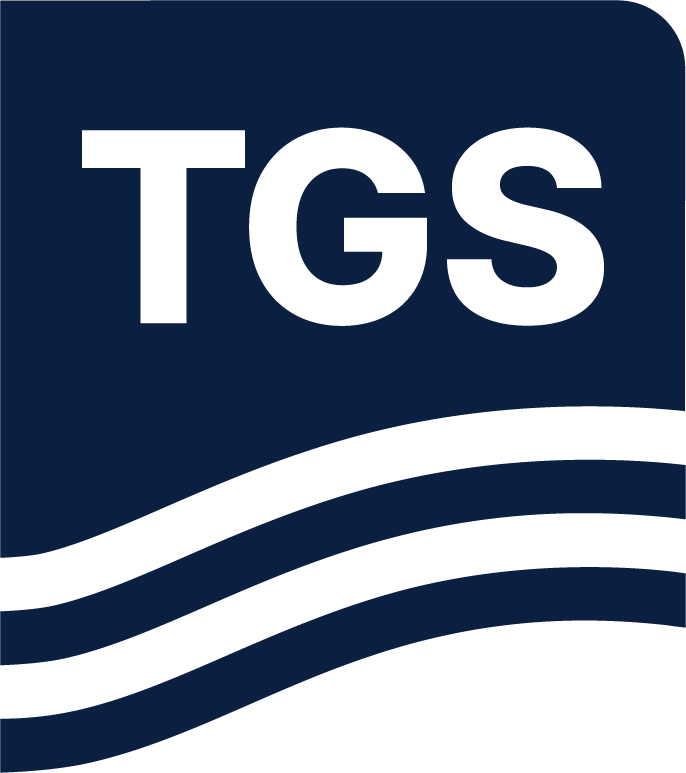Paper Summary
In deep water Ocean Bottom Node (OBN) surveys, after wavefield separation, the downgoing dataset is most useful due to its superior illumination compared to the upgoing wavefield. However, the downgoing wavefield is also more affected by free surface multiples. Deep water also means there is a good separation between primaries and multiples which enables more aggressive approaches to multiple attenuation. In this work, the authors present a fast and effective technique for deep water surveys that uses deconvolution in the Stolt domain to attenuate free surface multiples node by node, similar to other deconvolutional techniques.

